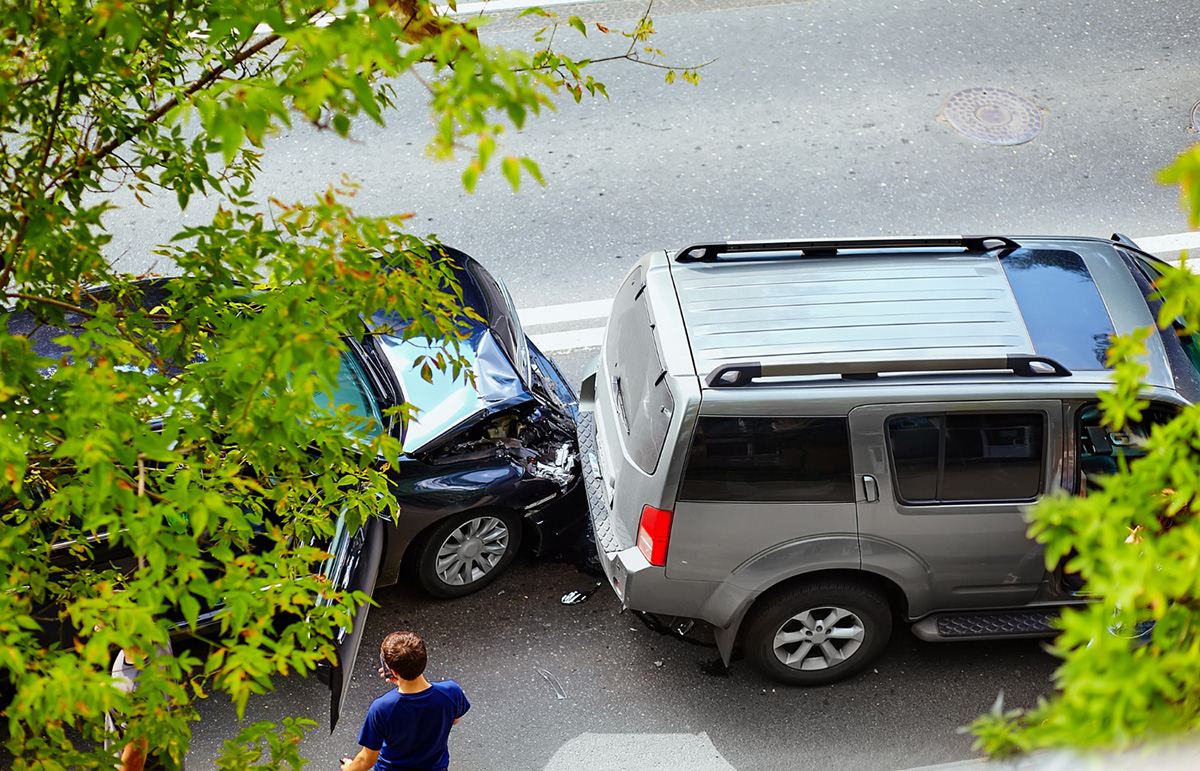Ensuring a Safe Following Distance
One of the main contributors to rear-end collisions is insufficient space between your vehicle and the one ahead. It is crucial to maintain a safe following distance, providing you with ample time to react if the leading driver suddenly hits the brakes. A practical guideline to follow is the three-second rule: Select a fixed object on the road, and once the vehicle in front passes it, begin counting. If you reach the same object in less than three seconds, you are following too closely.
Stay Attentive and Focused
Distracted driving remains a significant cause of accidents, including rear-end collisions. Although you might be tempted to use your phone, eat, or adjust the radio while driving, these distractions can lead to severe consequences. Stay vigilant and focused on the road, eliminating any distractions or multitasking.
Regularly Check Your Mirrors
Make it a habit to frequently check your mirrors while driving, especially in heavy traffic. Your mirrors provide a clear view of the activities behind you, allowing you to anticipate potential hazards and avoid rear-end collisions.
Indicate Your Intentions
Always utilize your turn signals when changing lanes or making turns, even if you believe no one is nearby. Signaling your intentions informs other drivers of your movements, enabling them to react appropriately and prevent rear-end collisions.
Be Cautious of Weather Conditions
Adverse weather conditions, such as rain, snow, or fog, can decrease visibility and affect your stopping distance. Remain mindful of the weather while driving and adjust your speed accordingly. Increase your following distance and reduce your speed when road conditions become hazardous.


Leave a Reply